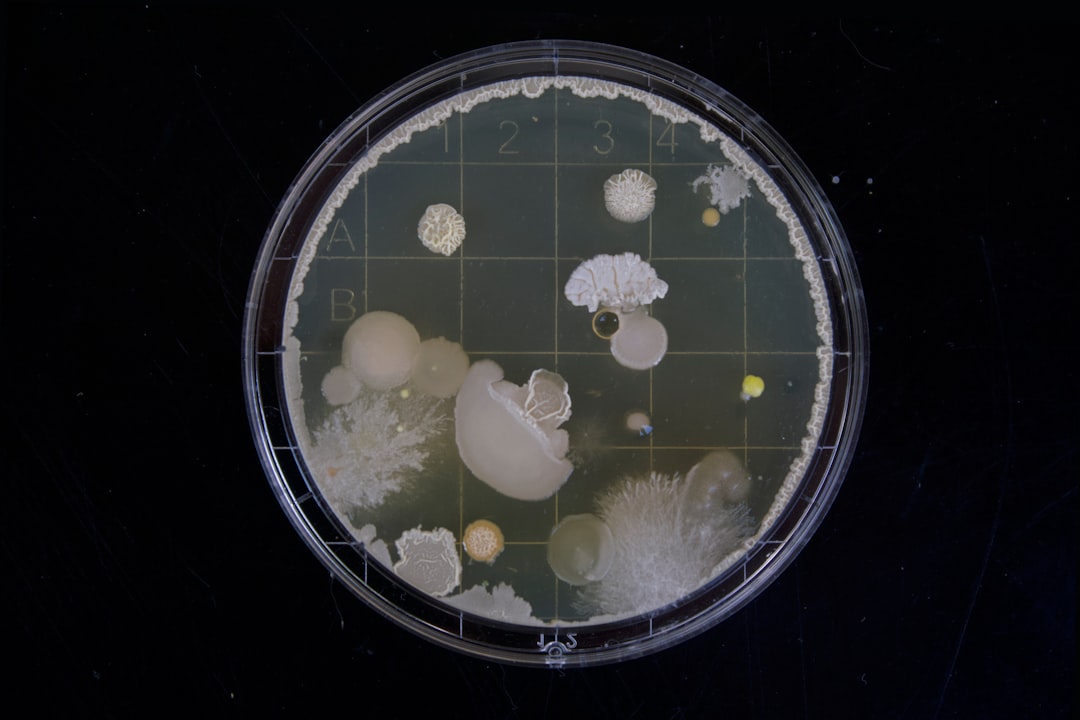What is it about?
Chert, a chemical sediment consisting predominantly of the mineral quartz (a crystalline form of silica, SiO2) is one of our most valuable geological archives for conditions on Earth in deep geological time. When silica precipitates in equilibrium with water its oxygen isotope ratios (18O/16O) will be reflective of the water temperature, making the 18O/16O ratio a powerful thermometer. But the silica that precipitates in the ocean undergoes several transformations towards the more crystalline, robust form that is ubiquitous in the sediment record. These transformations during sediment burial – collectively, the suite of processes we call ‘diagenesis’ – blur our view back onto early Earth. In this contribution, we show that the diagenetic recrystallization of amorphous precursors means the chert 18O/16O ratio is actually a record of temperatures at a few 100s of meters deep in ocean sediments, and that this temperature reflects the local geothermal gradient. Ultimately, this means that the 18O/16O of chert is strongly influenced by basal heat flow. As our planet is slowly but constantly getting cooler, the heat flow from the solid Earth through ocean sediments is lowered as well. This work shows that the enigmatic increase in chert 18O/16O since ca. 4 billion years ago is best explained by planetary cooling on billion-year time scales, not by climatic cooling.
Featured Image

Photo by Lou Batier on Unsplash
Why is it important?
Accounting for the heat flow-effect on 18O/16O ratios in chert allows us to use them as paleo-climatic indicators after all – but now with the possibility of making more accurate reconstructions. Our analysis shows that for a 2x higher heat flow - as is thought for the Archean (3.85 to 2.5 Ga), when the mantle was hotter - hot climates on early Earth can be precluded. Seawater was rather temperate to moderately warm. Beyond paleo-climatic reconstructions, this work provides the basis to illuminate the prograde thermal history and tectonic development of old sedimentary basins when constraints on paleo-temperatures and seawater 18O/16O are available.
Perspectives
"Central to our work is the translation of isotopic and chemical information recorded in old sediments to processes on the Earth in the distant past. In a great team effort of analytical experts and geochemists with expertise in silica diagenesis we have looked at a problem that has baffled the field for decades from a completely different angle. The insights gained are going to open the door to some exciting new developments in the coming years."
Michael Tatzel
Georg-August-Universitat Gottingen
Read the Original
This page is a summary of: Chert oxygen isotope ratios are driven by Earth's thermal evolution, Proceedings of the National Academy of Sciences, December 2022, Proceedings of the National Academy of Sciences,
DOI: 10.1073/pnas.2213076119.
You can read the full text:
Contributors
The following have contributed to this page










